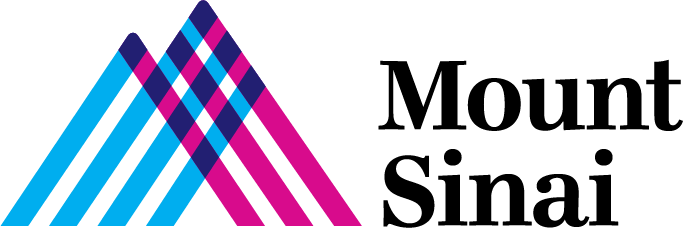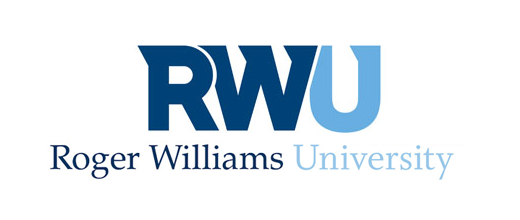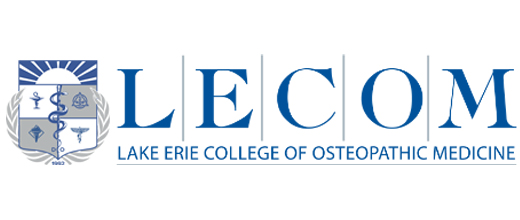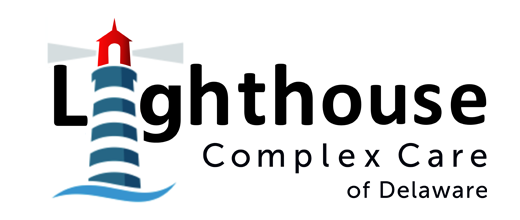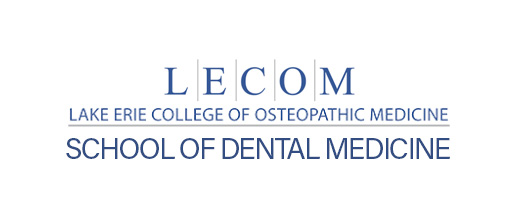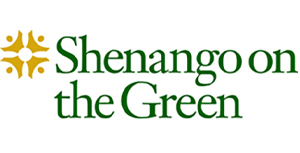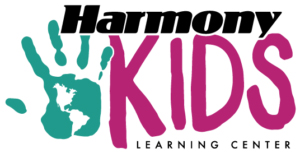Recent Installations
Case Studies
METHODOLOGY: Most Visium case studies use surface swabbing to capture a snapshot of how the number of microbes in a room has changed. Surface testing is ideal for this purpose to minimize test variability and cost while giving real information about high-touch surfaces in a room. Surfaces consistently carry microbes. These come from people touching them, breathing near them, or microbes that settle on them from the air. This means that every time you test a surface, you’re likely to find something living there. Air, on the other hand, has variable amounts of microbes, which can change depending on how many people are in the room and what they’re doing. Surface sampling helps guarantee that we get a true sense of microbial levels and prevents mistakenly declaring a room cleaner than it actually is.
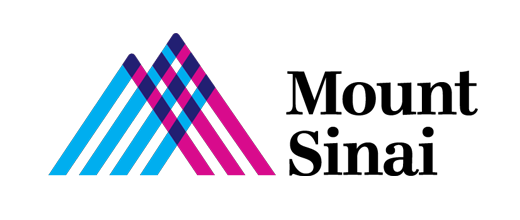
CASE STUDY
Creating Cleaner Air and Safer Spaces with Visium at Mount Sinai Hospital
Mount Sinai is a world-renowned healthcare institution known for its leadership in medical research, patient care, and innovative treatments. To enhance infection prevention, Mount Sinai sought a cutting-edge solution to improve air quality and reduce the risk of airborne pathogen transmission.
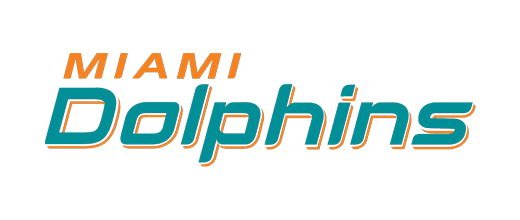
CASE STUDY
Miami Dolphins Implement Visium Far-UVC for Elite Player Health Protection
The Miami Dolphins, recognized for their innovative approach to player care and ranked #1 in the NFLPA 2025 Report Card for training room and staff , have installed Visium Far-UVC technology to strengthen their commitment to player safety and performance.

CASE STUDY
Performance Drone Works Operates the Cleanest Manufacturing Facility in the World with Visium
PDW partnered with Visium to integrate Far-UVC sanitization across shared and high-traffic spaces. With Visium, PDW operates the cleanest drone manufacturing environment in the world.
CASE STUDY
Creating Cleaner Air and Safer Spaces with Visium at the Lake Erie College of Osteopathic Medicine (LECOM)
LECOM is an active teaching facility, with large lecture halls, hands-on practicum room, and cafeteria alongside smaller study and learning spaces. These education spaces are open to the students and faculty for 18 hours a day with minimal down time. LECOM needed a solution to maintain better sanitization in occupied and high-traffic areas to reduce risk of pathogen exposure to students and faculty.
CASE STUDY
Roger Williams University Students Model Significant Risk Reduction of Airborne SARS-CoV-2 Transmission with Visium Far-UVC
Public Health students at Roger Williams University in Bristol, Rhode Island, conducted a year-long study evaluating the impact of Far-UVC technology on reducing airborne pathogen transmission. Under the direction of Dr. Jacob Bueno de Mesquita, Associate Professor of Public Health, the team assessed Visium Far-UVC fixtures in a 572 sq. ft. classroom. Using the Wells-Riley model, their analysis found a substantial reduction in modeled infection risk when Far-UVC was applied.
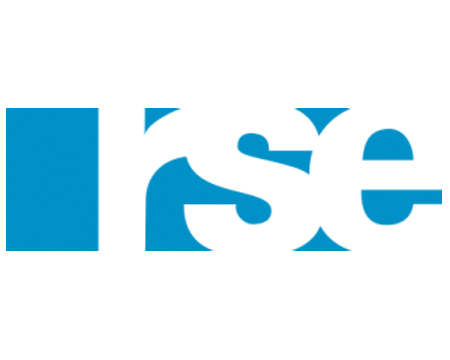
CASE STUDY
RSE Ventures Implements Visium Far-UVC for Safer Shared Spaces
RSE Ventures is a next-generation private investment firm known for backing breakthrough consumer brands including Momofuku, Magnolia Bakery, Magic Spoon, and Bluestone Lane. Its Summit, NJ office serves as a collaboration hub for its team and portfolio of brands.
CASE STUDY
Reducing Patient Risk in Vulnerable Populations at Lighthouse Complex Care
Lighthouse Complex Care of Delaware serves adult and pediatric patients with complex, chronic conditions such as autism spectrum disorder, autoimmune and infectiously triggered encephalopathies, dysautonomia, mast cell disorders, Ehlers-Danlos Syndrome, and long COVID.
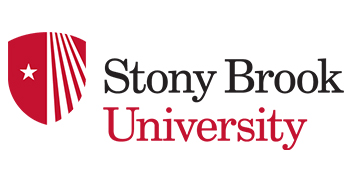
CASE STUDY
Fighting Biological Contamination and Safeguarding Labs and Animals
Stony Brook University, on Long Island in New York, is a leading national research institution with a strong focus on advancing biotechnology. Within its animal research facilities, staff face ongoing risks of infection and contamination from fomites and bioaerosols. Protecting research animals, which are often expensive and irreplaceable models, was essential to preserving the integrity of ongoing studies. Even a single outbreak could be both costly and catastrophic for research outcomes.
CASE STUDY
Fighting Bioaerosols and Building Safer Long-Term Care Facilities
Shenango on the Green, located in New Wilmington, Penn., provides a peaceful and comfortable senior living environment. With a mission as a Continuing Care Retirement Community to provide residents with the best person-centered experience.
CASE STUDY
Creating Cleaner Air and Safer Spaces with Visium at Harmony Learning Center
HKLC sought an advanced solution to enhance sanitization in classrooms and high-touch areas, aligning with evidence-based industry best practices to further reduce the risk of pathogen exposure for students and faculty. We implemented Lit Thinking’s Visium Far-UVC light fixtures reduces germicidal load in several testing areas in this busy early childhood learning center.
CASE STUDY
Fighting Bioaerosols and Building Cleaner Dental Spaces at LECOM
The LECOM School of Dentistry is an institution dedicated to practical, hands-on training of dental professionals, leading the field with cutting edge safety measures for students and staff. Dental suites are large generators of bioaerosols. LECOM’s School of Dentistry sought a solution to reduce risk of aerosolized microbes to staff and students in the close quarters of dentist-patient interactions.
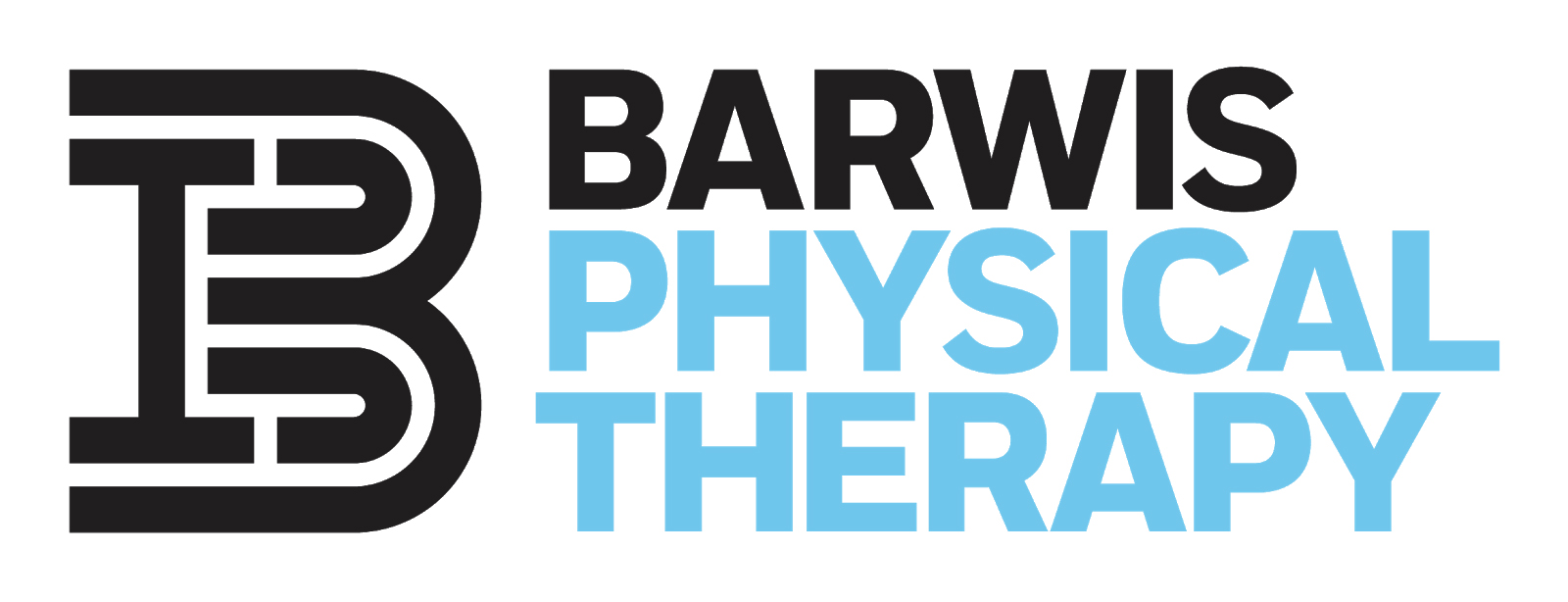
CASE STUDY
Elevating Athlete Recovery and Performance at Barwis Physical Therapy
Barwis stands at the apex of strength and conditioning, kinesiology, physical therapy, neurophysiology, and athletic training. Their Deerfield Beach, FL facility integrates state-of-the-art rehabilitation with world-class performance training, delivering a comprehensive, one-on-one care model where athletes, patients, and individuals at all functional levels receive specialized support to achieve their goals.
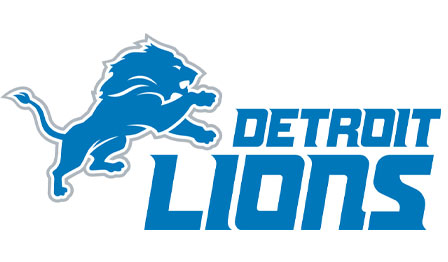
CASE STUDY
Detroit Lions Build Stronger Indoor Biosecurity at Ford Field
Ford Field is home to the Detroit Lions and serves as a major public venue for NFL games, concerts, community events, and year-round business operations. Meeting rooms within the stadium are used daily by executives, front office personnel, football operations, facility staff, and guests. The Lions selected Visium as a discreet, always-active layer of biosecurity to support the health and wellbeing of everyone who uses these shared environments.
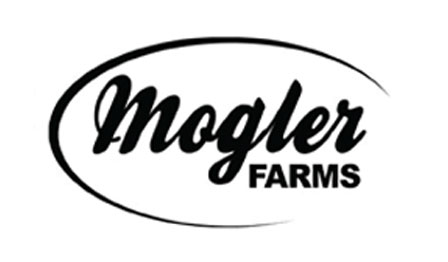
CASE STUDY
Fighting PRRS and Lowering Disease Risk for Sows at Mogler’s Pig Hill Farms
The Mogler family’s Pig Hill Farms West site is a critical hub of pig production within their breeding operation, housing the majority of their sows as well as gilt development and multiplication. As a key layer in the farm’s ever-evolving biosecurity and biocontainment strategy, Visium Far-UVC adds protection for the herd within the herd, functioning as an additional barrier alongside filtration to reduce the risk of airborne threats such as PRRS (Porcine Reproductive and Respiratory Syndrome).
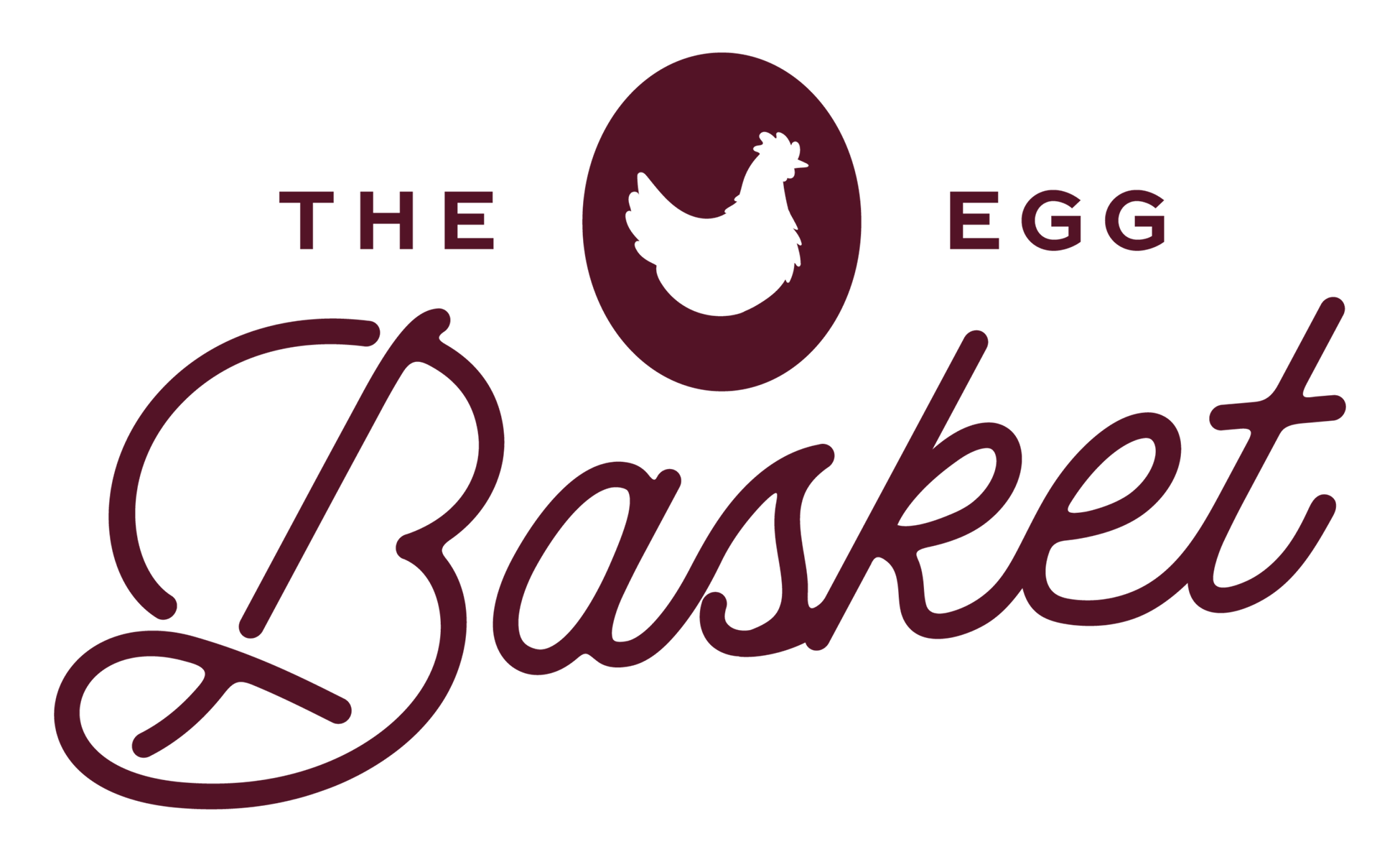
CASE STUDY
Using the Science of Far-UVC to Safeguard a Vital Food Source
The Egg Basket’s egg processing facility is pivotal in their production of farm fresh eggs to their ever-expanding distribution base within the central US. As an addition to the farm’s food safety and biosecurity protocols, Visium Far-UVC adds protection against pathogens introduced through harvesting as well as providing an additional barrier to reduce the risk of environmental threats such as Salmonella and Campylobacter.
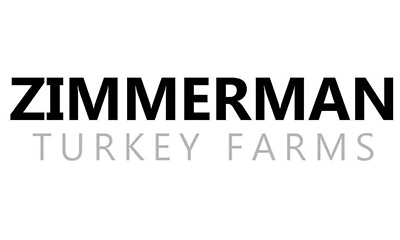
CASE STUDY
Enhancing Biosecurity for Turkey Flocks at Zimmerman Farms
The Zimmerman Farms’ brooder barn is a critical hub of their turkey operation, housing the poult production. As a component of the farm’s ever-evolving biosecurity and biocontainment strategy, Visium Far -UVC adds protection for the young flocks cycling through, functioning as an additional barrier to reduce the risk of airborne threats such as Influenza and Metapneumovirus. Poultry barns are particularly vulnerable to bioaerosols and airborne viruses such as Influenza, which can cause costly outbreaks. Located in Northfield Minnesota’s densely packed agricultural region, the farm faces a high, consistent threat of contamination from the surrounding agriculture.

